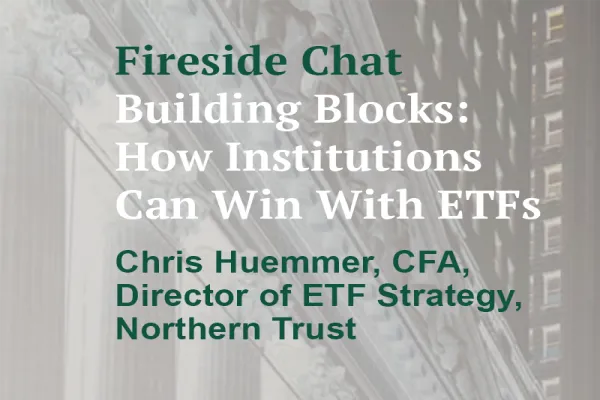I wrote this article in May. Every time it was destined to be published in the pages of Institutional Investor, it got bumped by another, more timely one I had written. Finally, when a space opened in September, the market had taken a major dive, and what was supposed to be an “evergreen” article was suddenly out of touch with reality. Here is the irony: This piece addresses complacency, but its author was complacent too. The market has recouped its summer losses, and this article is relevant again.
I am a skier. When someone says this, you assume he or she is good. Well, I thought I was good. I was not Lindsey Vonn, but I had the technique down. I’d be the fastest person going down the mountain, always waiting for my friends at the bottom
Then, at the beginning of last season, I went skiing with my kids at Vail. It had snowed nonstop for a few days. Vail is a very large resort, and the mountain crew could not keep up with the snow, so I found myself skiing on unusually ungroomed slopes in powder more than knee-deep.
Suddenly, something changed. I could not ski. I could barely make turns. I was falling multiple times per run. My kids, including my nine-year-old daughter, Hannah, were now waiting for me as I dug myself out of pile after pile of snow.
My technique — along with my confidence — was gone. The discomfort froms constant falling turned into fear. I was ready to go back to the hotel after only two hours on the slopes.
I was devastated. It was as if I had never skied. So I talked to a ski instructor about this incident. He told me that I’m a “good skier” on groomed slopes because they allow me to go fast without trying hard. Speed covers up a lot of mistakes and lack of skill. Skiing in powder requires different skis — not the skis I had — but more importantly, it slows you down and makes you rely on skills that I thought I had but didn’t.
During the past six years, the Federal Reserve neatly groomed, manicured and then finely polished investment slopes for all asset classes by lowering interest rates to unprecedented levels — providing a substantial accelerant that indiscriminately drove valuations of all assets higher. But ubiquitously rising valuations cover up a lot of mistakes and often a lack of skill. Whether you had a rigorous investment process or were throwing darts, over the past six years it hardly mattered — you made money.
Bull markets don’t last forever, and this one is not an exception. Stock valuations (price-to-earnings) are just like a pendulum, swinging from one extreme to another. Today the stocks in the S&P 500 index trade at about 50 percent above their average valuation (if you adjust earnings down for very high corporate margins).
Historically, above-average valuations have always been followed by below-average ones — taking away the riches that the previous years provided. In other words, at some point it is going to snow and snow hard. Just as I, the great skier, found myself overconfident and unable to deal with the new terrain, investors will find themselves doing face-plants when the stock market turns from bull to bear.
But here is great news: Today the stock slopes are still finely groomed with stocks near all-time highs, and we all are given a unique opportunity to make adjustments to our portfolios and investment process.
You should start by carefully analyzing each stock position in your portfolio. No drooling over how each of them did for you in the past. Drawing straight lines from the past into the future is very dangerous. Instead, focus on the future — a future in which average stock valuations will likely be lower.
Returns for a stock are driven by three variables: earnings growth, change in P/E and dividend yield. You should impartially examine each variable to determine if a stock deserves to be in your portfolio. Then make one of three decisions: buy (more), hold or sell. Just remember, hold is a decision. If you choose not to sell an overvalued stock, one that has low or negative expected returns in the long run, that is a decision.
We must all reexamine and future-proof our investment process. Six years of rewards and no risk will loosen the process of even the most disciplined investor. Finally, if you are feeling very confident about your investment prowess today, take a moment to relive that gut-wrenching feeling you had the last time the stock market took a 20 percent dive. This will reset your confidence to the appropriate level and help you to avoid the mistakes that come from focusing too much on reward and too little on risk.
P.S. I took the kids skiing at Beaver Creek a week ago, for the first time this season. My daughter Hannah, who will be ten in a few weeks, has magically improved over the summer. However, Jonah, who is an amazing skier, has completely lost his form. He grew five or six inches since last spring — he’s 14 and pushing 6 feet now. His center of gravity has shifted, and he is still adjusting his technique to his new, oversized body. As a father, I smile when I see Hannah beating Jonah down the slope. Jonah, like any teenager, needs to be humbled. My skiing? The slopes were perfectly groomed. I was awesome! I just hope it doesn’t snow.






